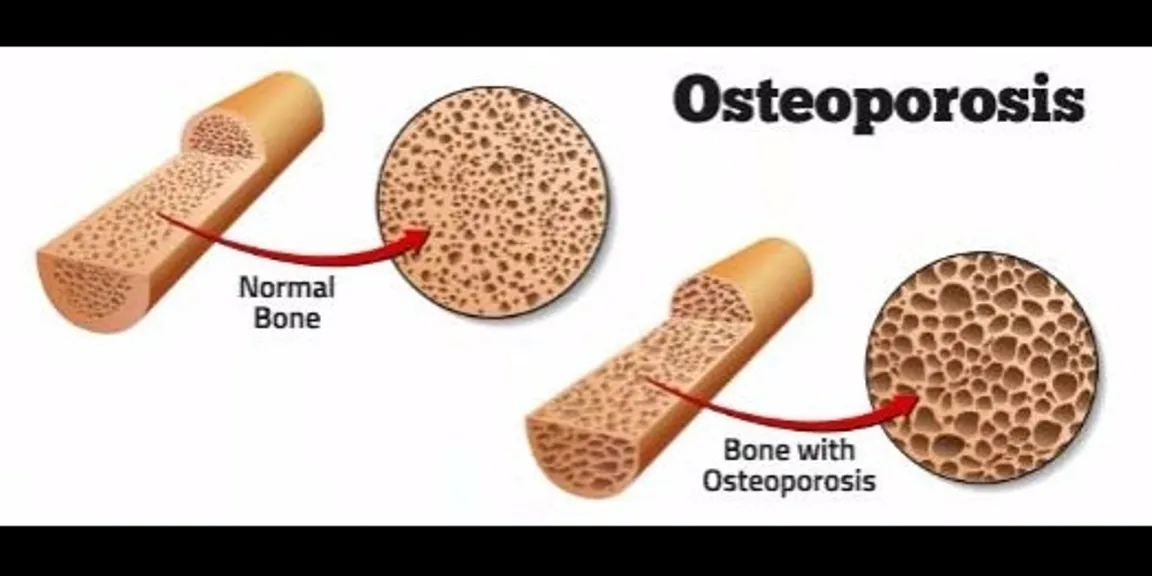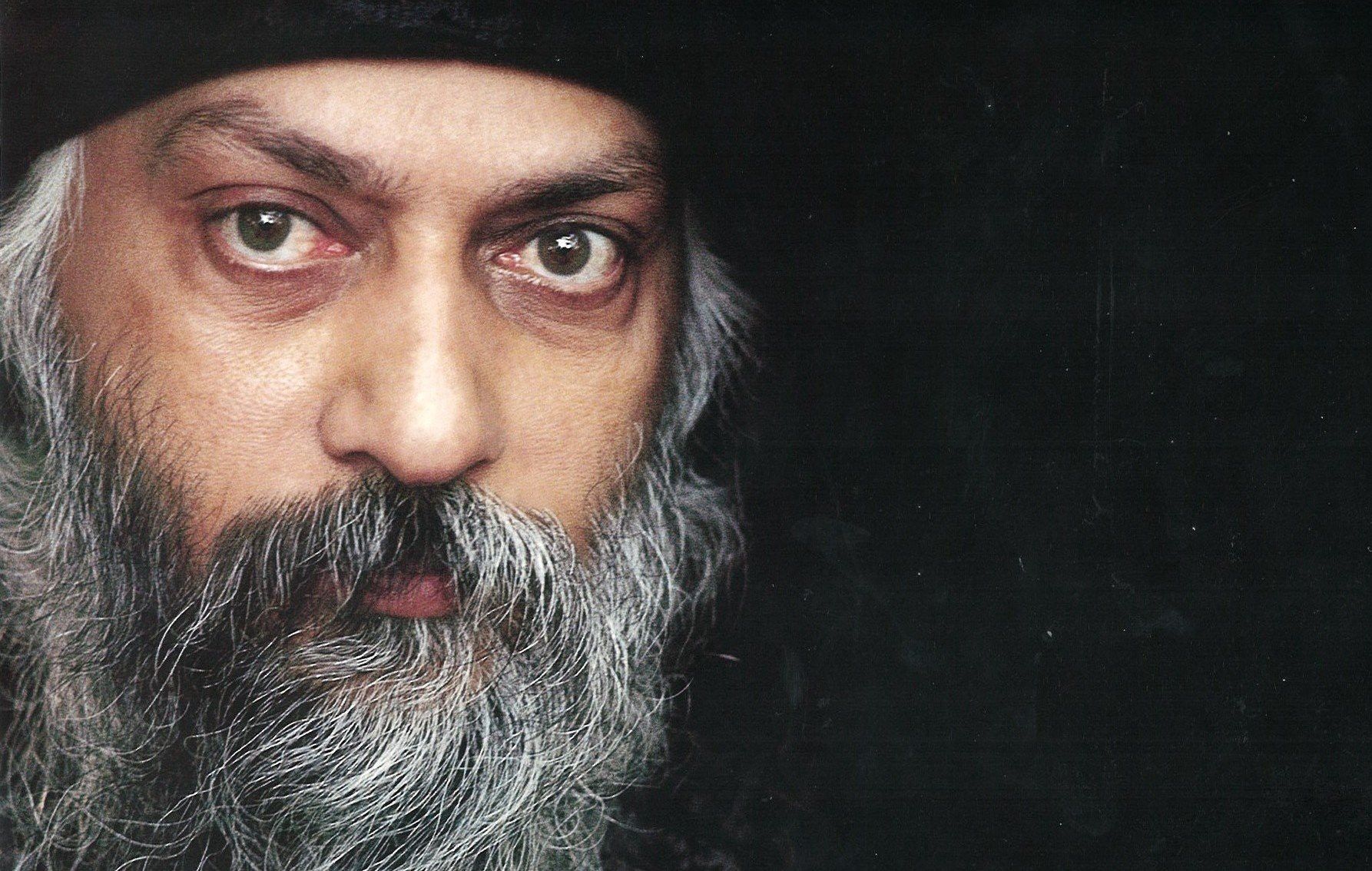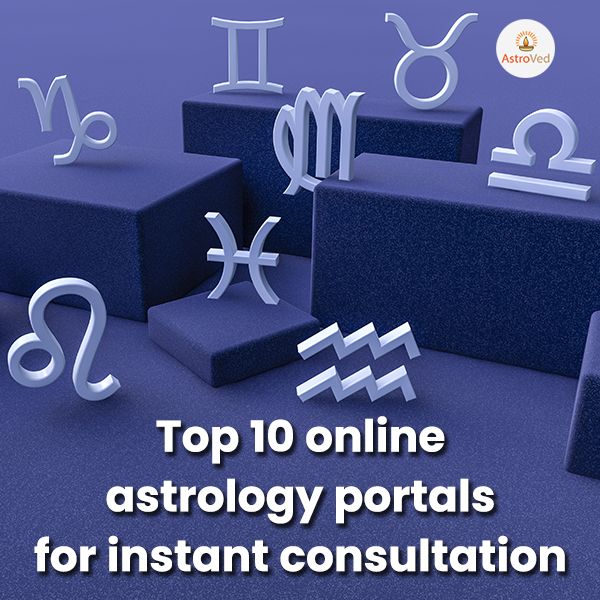

What is Osteoporosis? What can be done about it?

What is Osteoporosis?
Osteoporosis is a condition characterized by thinning or weakening of bones. It is not a disease that can attack you overnight. It takes years to show symptoms.
It doesn’t matter what age group you belong to or it doesn’t matter if you are a man or a woman. Osteoporosis can affect anybody. Today your bones may seem strong, you may have a healthy lifestyle and might be physically active, but that doesn’t spare you from being a victim of osteoporosis. Over years, you may feel a loss of height or what is known as Dowager’s hump on the upper portion of your back. Or, you might just be diagnosed of osteoporosis when you discover a broken bone.
What causes Osteoporosis?
While it is difficult to pin point the cause for osteoporosis, it is commonly understood that bone loss leads to osteoporosis. Bone loss is a natural phenomenon; human body constantly makes new bones and destroys old and weak bones. When we are young our body tends to make and replace bones at faster rate than the time it takes to remove. But this process tends to slow down as we grow old. When bone loss becomes more severe it leads to osteoporosis, which literally means “brittle bones”.
Who is likely at risk to get Osteoporosis?
So who is more prone to osteoporosis? We have already established that osteoporosis can affect anyone. However, people with the following risk factors are more likely to get osteoporosis when compared to others:
Family history:
Someone with a family history of Osteoporosis is more likely to have it.
Gender:
Women are more tend to be victims of osteoporosis than men. Women going through menopause are prone to it because during menopause there is a sudden decrease in estrogen in our body. This leads to bone realignment and bone loss
Age:
As mentioned earlier, as we age our body tends replace bones slower than what it did when we are young. So, age is a big factor when it comes to osteoporosis. This is why you often find people “bent with age” (Dowager’s hump) and it does not happen with young people.
Lifestyle:
habit such as smoking and not having calcium rich food could be leading factor in determining the bone density.
Bone structure:
Not always, but people with thin body frame and low bone density tend to be more prone to osteoporosis.
History of fractures:
If you have had fractures in the past, the chances are that you are more likely to develop osteoporosis when compared to a person who hasn’t had fractures.
Side effects of medicines:
Long term usage of certain medicines tend to have an impact on the bone structure of our body as a side effect. So be careful about the medications you take and make sure you always consult your doctor before you pop a pill.
Findings from research studies
“Several risk factors contribute to low bone mass. These include non-modifiable factors like female sex, old age, small thin built, Caucasian/Asians and family history of fractures. Ethnic differences in bone mineral density (BMD) are strongly influenced by body weight. Important modifiable risk factors include calcium and vitamin D deficiency, sedentary life style, smoking, excessive alcohol and caffeine intake. A case control interview based study on postmenopausal women showed history of fracture in relatives, weight <60 kg, height <155 cm as significant risk factors for osteoporosis and regular consumption of milk, almonds and fruits as protective factors,” said study done by Apollo Hospital on Osteoporosis.
“Expert groups peg the number of osteoporosis patients at approximately 26 million (2003 figures) with the numbers projected to increase to 36 million by 2013. In a study among Indian women aged 30-60 years from low income groups, BMD at all the skeletal sites were much lower than values reported from developed countries, with a high prevalence of osteopenia (52%) and osteoporosis (29%) thought to be due to inadequate nutrition,” said a study done by International Osteoporosis Foundation.
Getting your bone health tested
Anand Diagnostic Laboratory, Bangalore’s leading independent laboratory, has a bone health package which contains the following tests
Biochemical parameters – Serum calcium, phosphorus, alkaline phosphatase, Vitamin D (Total, D2, D3), Parathyroid hormone
DEXA (an x-ray based assessment of bone density)
“We receive and test close to 60 vitamin D samples every day and approximately 40 of them are in the “deficient” or “insufficient” range.
We do about 3-5 DEXA every day. About 20% of patients show osteoporosis and 20% show osteopenia (overall reduction of bone matrix). Rest show normal study,” said Dr Jayaram, director of ADL.
Is there a cure for Osteoporosis?
To begin with there is no particular doctor treating just osteoporosis.
There is no certification program for health professionals who treat the disease. A variety of doctors treat people with osteoporosis, including internists, gynecologists, family doctors, endocrinologists, rheumatologists, physiatrists, orthopaedists, and geriatricians. So it is better to take reference from your family doctor or any other medical professional you trust for a good doctor to treat osteoporosis.
As it is often said ‘Prevention is better than cure’. Just like any other health issue, it is better to prevent osteoporosis than curing it. It is easier said than done, because it requires changes in lifestyle. However, following are the few easily achievable tasks:
Calcium rich diet: As mentioned earlier, our bones are made of calcium. So calcium rich diet ensures the bones that are removed by our body are replaced.
Exercise: You should regularly exercise your body. Not just to prevent osteoporosis, but also a whole host of other diseases. Do weight bearing exercise that work against gravity. It helps in keeping bones and muscles strong.
“One thing that people have to understand is that osteoporosis cannot be reversed, it can either be prevented and or managed in a variety of ways. So if you get osteoporosis, it can be managed or doctors can help you live with it but your bones will never be the same and as healthy as they used to be,” said Giridhar Ranka, a Mumbai-based orthopedist who regularly treats osteoporosis patients adding that, “Calcium and vitamin D, both are required for good bone health. We also combine it with exercise to strengthen bone mass. Drugs are of course there to slow down the bone loss and some of them promise to build new bone, but that depends on various factors, including the patients ability to do so.”
For more info: www.anandlab.com




